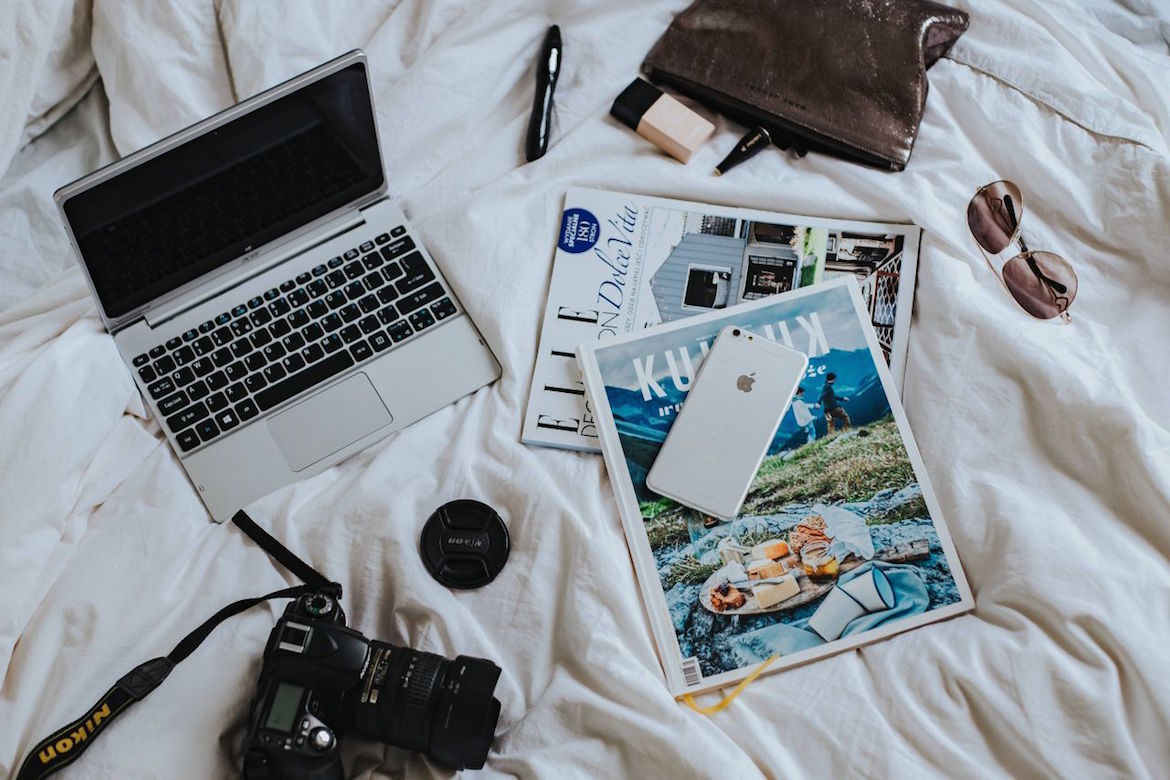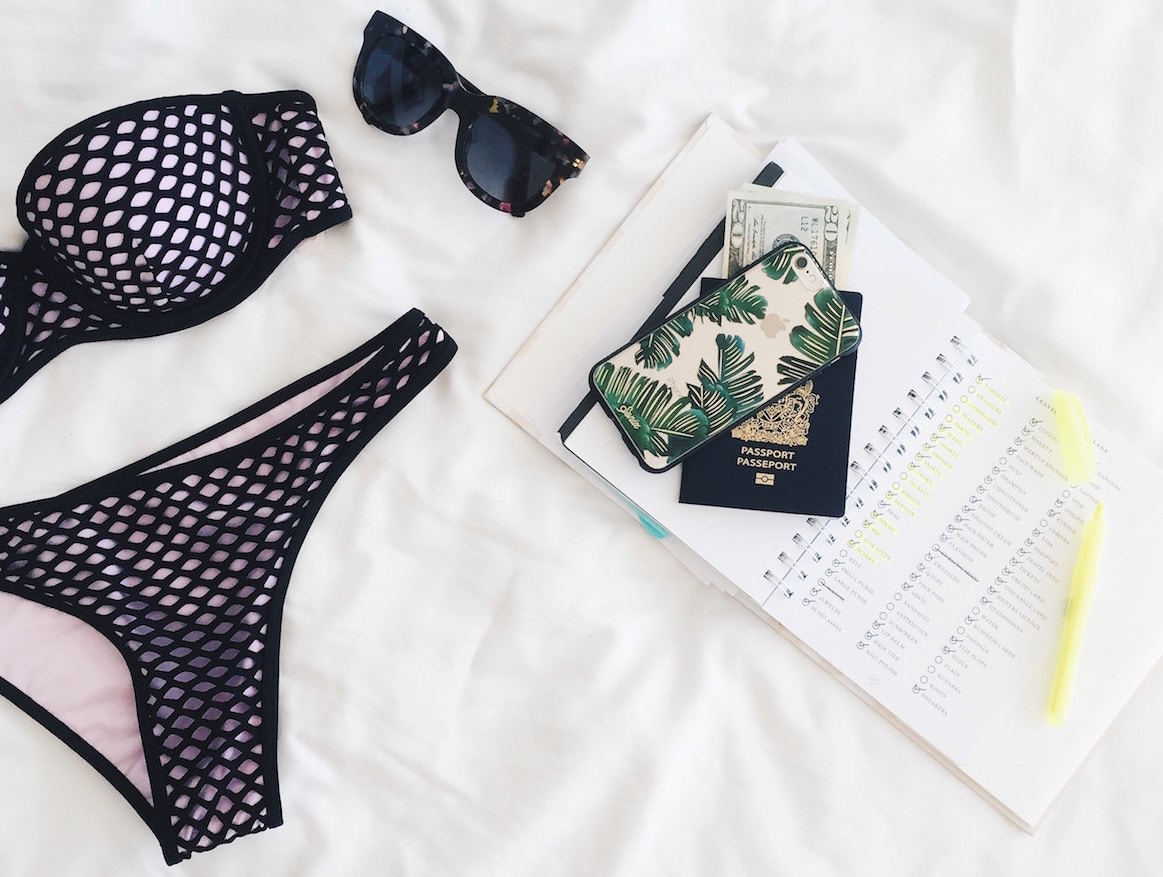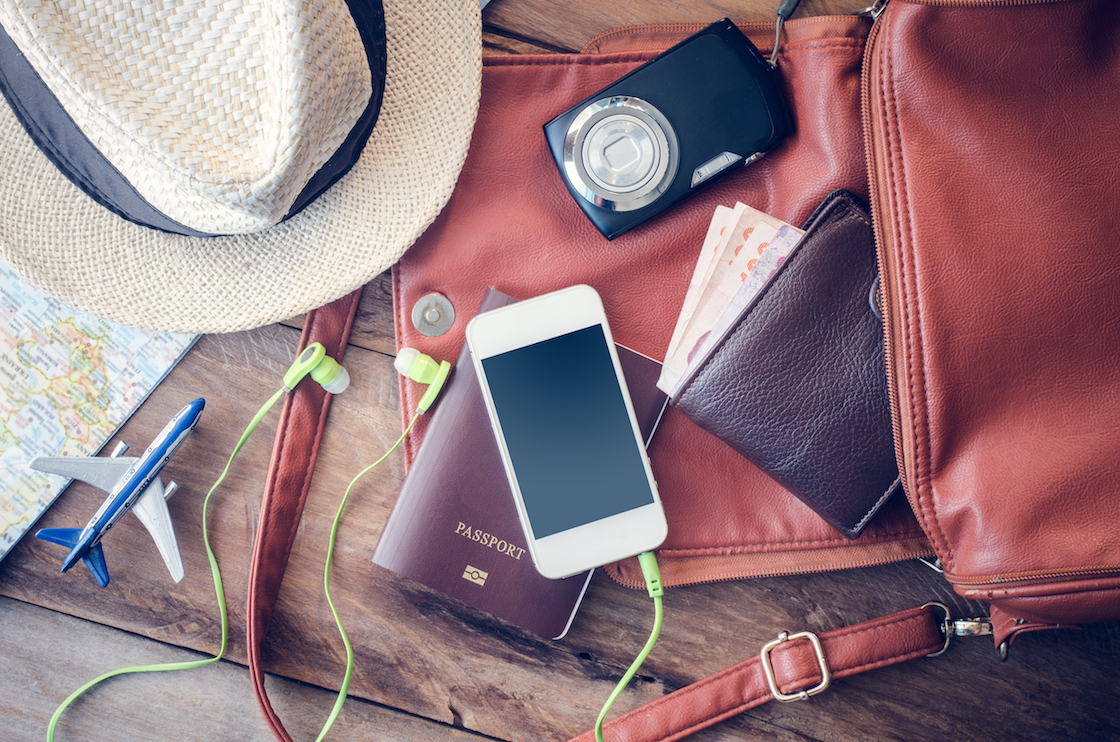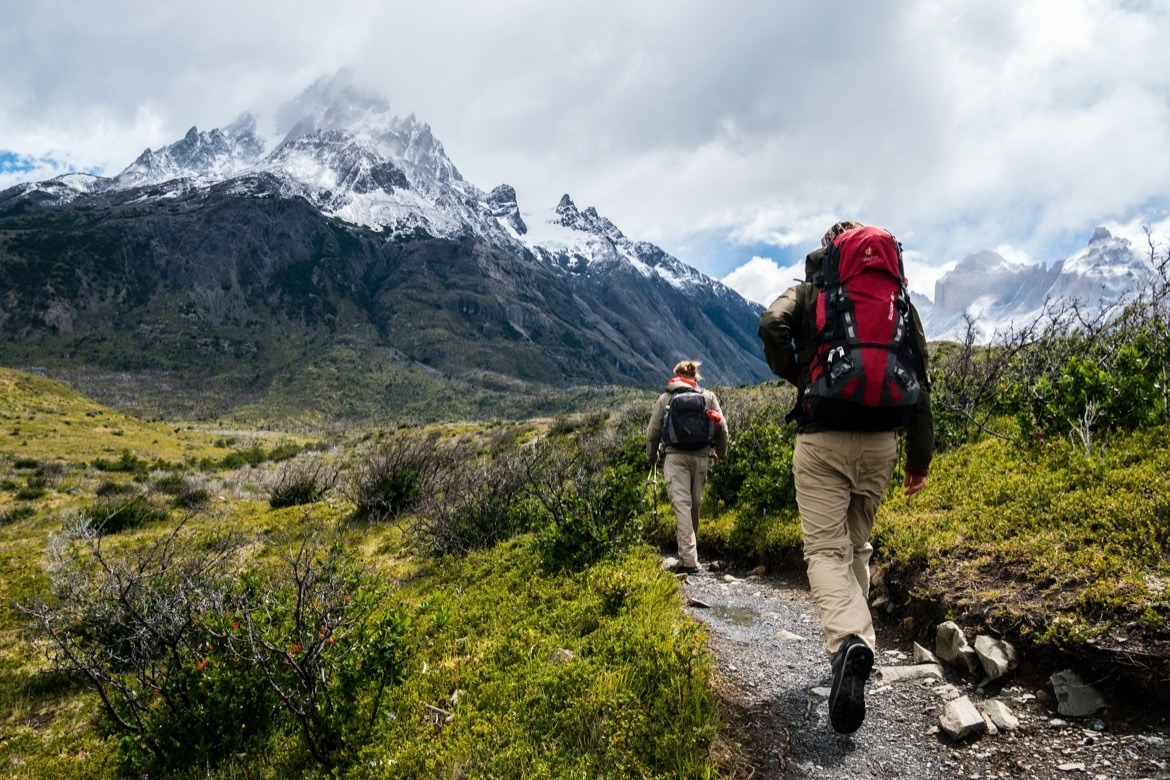Vacations are fun–but when planning a trip or getting ready to leave, it’s easy to get stressed out.
From flight plans and squeezing everything in your suitcase to booking things like rental cars, hotel stays and tours, there are lots of logistics to consider, especially if you’re heading out on an extended trip like backpacking around Europe for a month.
Here’s the ultimate pre-travel checklist of everything you need to know before heading out.

Trip essentials
These are the main necessities you’ll need to leave the country:
Passport
Ensure it’s in order and not expired; some countries require that it’s valid for at least three to six months. If you’re tight for time, the Canadian government offers a rush service (for an additional fee) at select passport offices that can get you a new passport in less than an hour. You’ll need to visit in person and bring all the documents needed for a general passport renewal, plus proof of the travel that requires urgent processing.
Destination travel requirements
Some countries require certain visas, vaccinations or even a certain number of free pages in your passport. You won’t be able to get these items last minute, so ensure you’re aware of all requirements before you even book your flight.

Travel insurance
For just dollars a day, you’ll have peace of mind that you’re covered if you get injured or become sick abroad. Trip cancellation or trip interruption benefits can also save you a lot of money if things don’t go according to plan, and sometimes car rentals are also covered.
Credit cards like these include it for free, you can buy it through the airline, or through an insurance provider like SafetyWing which I’ve used myself many times. Their Nomad Insurance global travel medical insurance covers people from all over the world who are travelling outside their home country, and you can easily purchase it even if you’re already abroad.
Pre-travel medical and dental checkups
It’s always a good idea to get a check-up before going on any extended travel to ensure you’re in good health to travel, and there are lots of reasons to visit your dentist since issues like a cavity or broken implant/dentures can really put a damper on your trip. If you require any prescriptions, make sure you have more than enough to last you for the entire trip, and keep them in your carry-on instead of checked baggage.

Other essential pre-trip considerations
Double check travel itinerary and boarding passes
Read over these documents to ensure you have all your dates correct. Can you imagine the inconvenience of showing up at the airport on the wrong day? (Yes, this happens way more than you might think!)
Print and email all travel documents
It’s Murphy’s Law that as soon as you try to pull up something important on your phone, you either can’t find it or your phone is about to die. This is why it’s crucial to have paper copies of things like booking confirmations, boarding passes, a copy of your passport and travel health insurance forms. Email everything to yourself and someone you trust as well.
Get in touch with your bank
You’ll likely be using your debit or credit card to make purchases abroad, so let your bank know that you’ll be traveling so they don’t put a hold on it and leave you unable to access funds.
Decide how you’ll use your phone
To avoid a huge cell phone bill, some travellers use prepaid SIM cards to connect to local networks, while others opt for “Roam Like Home” travel add-ons that allow you to use your own phone plan to get connected for a set-fee per day.
Airolo is a really popular option that works in more than 200 countries, with lots of packages to suit different budget, timing and data needs.

Home checklist
Before you leave on an extended trip, let your home and car insurance know you’re travelling because the fine print on some insurance agreements won’t allow you to leave your home empty for a certain amount of time. Some other important things to do include:
Pets and plants
Make a plan for who will watch your fur babies, whether it’s with a trusted house sitter or kennelling them. Same goes for plants, and depending where you live you may need to arrange for someone to mow the lawn or shovel the sidewalk while you’re gone.
Clean the house
Not only will you have a nice clean place to come home to, but taking out the trash and clearing out your fridge and pantry will prevent critters from finding a new home while you’re gone.
A mailbox overflowing with old newspapers and flyers is a sure sign you’re not home and something burglars pay attention to when looking for potential targets. Ask a neighbour to collect any mail until you get back.
Secure your place
Ensure all doors and windows are locked up tight, and set lights a timer so it looks like someone is home.
Turn off the water and unplug appliances
Shut off the water to avoid the risk of a flood, and turn off the water heater so it’s not wasting energy while nobody is home to use it. Same goes for non-essential appliances like the TV, toaster and coffee maker.
Program the thermostat
To save energy you can lower the temperature in your home, but make sure to keep it above 15 C so that the pipes don’t freeze. If you have pets at home, maintain the normal temperature so they’ll be comfortable.

Packing
Planning and packing can be anxiety inducing, so remember that most of the little things (the ones you’re most likely to forget) can usually be replaced at your destination. The key things to remember are your identification, travel documents, travel insurance and some money.
Make a list of what’s in each piece of luggage
Having a list allows you to go over what you’re bringing one last time in case you missed something. It also helps with a baggage loss or delay claim if something happens, and taking pictures is a bonus. Slipping an AirTag in each bag is also a good idea, even if you’re not planning on checking it.
Measure and weigh your bag
There are weight limits on certain pieces of luggage, and carry-ons must be a certain size. Check with your airline to ensure your luggage meets the requirements, since you don’t want to make panicked adjustments at the check-in counter.

Last minute to-do list
It’s just about time to go! Before heading to the airport, do the following:
Check in for your flight online
This helps speed things up at the airport since you can pre-pay for baggage and skip the long lines, and you might even be able to secure a window seat on the plane.

Charge your electronic devices
Since it might be a while until you get to charge your devices next, make sure those batteries are topped up, especially in your phone. Also, don’t forget to keep your chargers in your carry-on.
Download useful travel apps
This could be anything from crosswords to mapping apps that will help you stave off boredom and stop you from getting lost. Most people don’t even know this option exists, but downloading Offline Google Maps is an amazing way to keep your bearings, even when your phone isn’t connected to a network– here’s how to do it.
Bon voyage!

YOU MIGHT ALSO ENJOY:
- Globe Guide’s tried and tested, all-time favourite travel accessories
- The ultimate list of little-known travel hacks
- Your trip for less: How to save on flights and accommodation
This post may contain affiliate links, which Globe Guide receives compensation for at no additional cost to you.

I completely agree, I’ve missed my flight before because I forgot to double-check my travel dates. This checklist is super helpful, thanks for sharing!
Oh no! That’s almost happened to me too where you just for some random reason have it in your head that it’s on a different day!